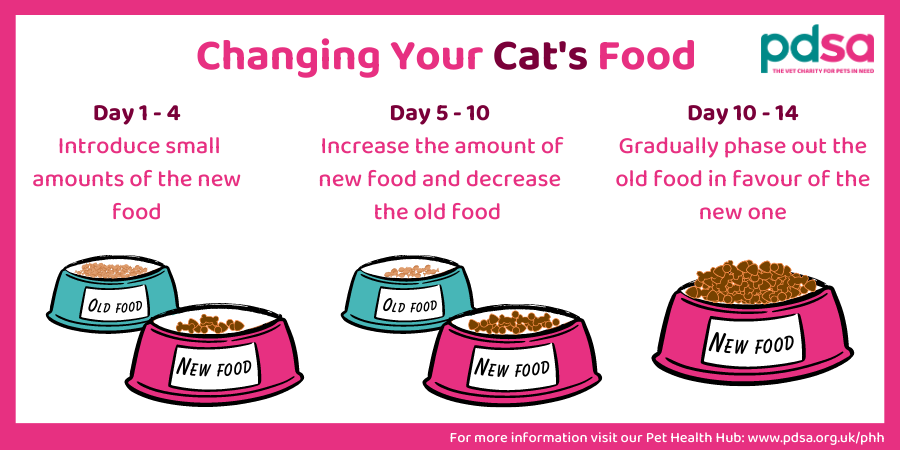Introduction: Why Choosing the Right Food Matters
Providing the right food for your cat is one of the most crucial decisions you can make as a pet owner. A well balanced diet ensures your feline companion stays healthy, energetic, and happy. Cats have unique dietary requirements as obligate carnivores, meaning they rely heavily on animal based proteins to thrive. Choosing the wrong food can lead to nutritional deficiencies, obesity, or even chronic health issues. The one of many petshop in the world is unsurtoto.
Understanding a Cat’s Nutritional Needs
The Role of Protein
Cats require a diet rich in protein to maintain their lean muscle mass and overall health. Unlike humans, cats’ bodies are designed to derive energy primarily from proteins and fats, not carbohydrates. High quality animal proteins like chicken, fish, turkey, and beef provide essential amino acids such as taurine, which is crucial for heart and eye health.
Essential Nutrients for Feline Health
Beyond protein, cats need:
- Fats: A source of energy and essential fatty acids like omega 3 and omega 6, which support a shiny coat and healthy skin.
- Vitamins and Minerals: These include Vitamin A, D, and B complex vitamins, along with minerals like calcium and phosphorus.
- Water: Cats have a low thirst drive compared to other animals, making hydration through food especially wet food essential.
Types of Cat Food: Pros and Cons
Dry Food (Kibble)
Dry cat food is convenient, affordable, and has a long shelf life. However, it tends to be lower in moisture content, which can be problematic for cats prone to urinary or kidney issues.
- Pros: Cost effective, easy to store, and good for dental health.
- Cons: Lower moisture content, often higher in carbohydrates.
Wet Food (Canned)
Wet cat food is rich in moisture, making it ideal for cats that need additional hydration. It is often more palatable and contains higher levels of protein.
- Pros: High moisture content, appealing to picky eaters, and nutrient dense.
- Cons: More expensive and shorter shelf life after opening.
Raw Diets
Raw food diets mimic what cats might eat in the wild, focusing on raw meat, organs, and bones. While some pet owners swear by this approach, it requires careful preparation to avoid nutritional imbalances and bacterial contamination.
- Pros: Natural and high in protein.
- Cons: Time consuming to prepare, potential health risks from bacteria, and requires veterinary guidance.
Homemade Diets
Homemade cat food allows complete control over the ingredients, but it’s essential to consult a veterinarian or pet nutritionist to ensure a balanced diet.
- Pros: Customizable and free from preservatives.
- Cons: Time intensive and risky if not nutritionally balanced.
Recommended Foods for Cats
High Quality Commercial Brands
- Hill’s Science Diet: Known for its vet approved formulas tailored to specific health needs like weight management and sensitive stomachs.
- Royal Canin: Offers breed specific and health focused options, ensuring cats get precisely what they need.
- Purina Pro Plan: Combines affordability with high quality ingredients, including options for kittens, adults, and senior cats.
- Wellness CORE: Grain free recipes packed with protein and essential nutrients.
- Blue Buffalo: Uses natural ingredients and avoids by products, with a range of options for various dietary preferences.
Natural and Organic Options
For pet owners seeking natural or organic foods, consider:
- Instinct Original Grain Free: A protein rich formula with natural ingredients.
- Nature’s Logic: Uses whole foods without synthetic vitamins or minerals.
- Open Farm: Ethically sourced ingredients with a focus on sustainability.
Treats and Supplements
- Healthy Treats: Opt for freeze dried meat treats or those made from natural ingredients.
- Supplements: If your cat has specific health needs, supplements like omega 3 oils or joint support formulas can be beneficial. Always consult your vet before introducing supplements.
Tips for Transitioning to a New Diet
Cats can be notoriously picky eaters, making diet transitions challenging. Here are some tips to ease the process:
- Gradual Transition: Mix a small amount of the new food with your cat’s current food, gradually increasing the ratio over 7 10 days.
- Observe Your Cat: Monitor your cat for any signs of digestive upset or allergies, such as vomiting or diarrhea.
- Stick to a Routine: Feed your cat at the same times each day to establish a consistent routine.
- Hydration is Key: If transitioning to dry food, ensure your cat has access to fresh water at all times.
Common Feeding Mistakes to Avoid
Overfeeding
Obesity is a common issue among domestic cats and can lead to serious health problems like diabetes and joint issues. Always follow portion recommendations based on your cat’s weight, age, and activity level.
Feeding Only Dry Food
While dry food is convenient, relying solely on kibble can lead to dehydration. Incorporate wet food into your cat’s diet to ensure adequate moisture intake.
Ignoring Label Ingredients
Avoid foods with excessive fillers, artificial preservatives, and by products. High quality cat food lists specific meat sources (e.g., chicken or salmon) as the primary ingredient.
A Healthier Future for Your Cat
Feeding your cat the right food is vital for their overall health and well being. By understanding their nutritional needs, selecting high quality foods, and avoiding common feeding mistakes, you can ensure your feline friend lives a long, happy, and healthy life. Whether you choose wet food, dry food, or a combination, prioritize quality and consult your veterinarian for personalized recommendations.
A well fed cat is not just healthier but also more energetic, playful, and affectionate. Start exploring the best food options today and give your furry companion the nutrition they deserve.
